Table of Contents
Top 10 Bioinformatics Tools & Software
Biotechnology is an evolving field that relies heavily on various emerging tools, techniques, and technologies. Proficiency in these tools & software is needed to conduct successful biotech experiments and make a breakthrough. This article focuses on the top 10 bioinformatics tools and techniques, elaborating on each and detailing their applications to students and professionals alike.
1. Sequence Alignment
One of the most crucial techniques is sequence alignment, which involves arranging nucleic acids in sequences of DNA, RNA, or proteins. Similarity regions are sought after through the sequence. In such respect, similarity might give functional, structural, or evolutionary connections between these sequences. Provided that this alignment is correct, information regarding the biological functions of genes and proteins would be exposed. This involves the comparison of sequences and arranging them in such a fashion that similar or identical nucleotides or amino acids could be aligned. It aims to achieve an optimal alignment by maximizing the number of residues matched and minimizing the introduction of gaps. It will, therefore, form a core technique in comparative genomics, phylogenetics, and evolutionary biology.
Tools
- BLAST (Basic Local Alignment Search Tool): BLAST is widely used for comparing an input sequence such as DNA, RNA, or protein, against a database to find regions of local similarity. It helps in identifying homologous genes and proteins.
- ClustalW: This tool performs multiple sequence alignments, aligning three or more sequences simultaneously. It is commonly used in phylogenetic analysis.
- MFT (Multiple Fast Alignment): MFT is designed for fast and accurate multiple sequence alignment, especially useful for large datasets.
2. Gene Expression Analysis – Top 10 Bioinformatics Tools
Gene expression analysis reflects the expression levels of genes to understand their functions and regulations. These techniques help to identify which genes in an organism are active and which are not, under specific conditions. Gene expression analysis is one of the critical ways by which a better understanding of the molecular mechanisms underlying a wide range of biological processes can be achieved. Modern methods, such as RNA sequencing (RNA-seq) and microarrays, now make it possible for the expression levels of thousands of genes to be measured in one go. This allows researchers to identify patterns and correlations that give valuable insights into gene function, regulatory mechanisms, and states of disease.
Tools
- RNA-seq (RNA sequencing): RNA-seq is a technique that holds high power in quantifying gene expression. In a way, it gives a holistic view of the whole transcriptome, thus able to highlight the differentially expressed genes.
- Microarrays: These are tools that measure the expression of thousands of genes simultaneously by hybridizing labeled RNA to a grid of complementary DNA probes. They inform about differential gene expression between, for example, treated versus control samples.
- DESeq and EdgeR: These are bioinformatic tools for the detection of differentially expressed genes between two conditions represented by RNAseq data.
3. Genome Assembly
It involves joining short DNA fragments to make longer continuous stretches that will then reconstruct the whole genome. It’s quite an important step in sequencing projects. Since high-throughput sequencing technologies have been known to yield vast amounts of data, sophisticated algorithms are needed. The assembled genome presents a view of the entirety of the genetic material of the organism; hence, it is looked into for its biology, evolution, and biomining potential or prospective genetic manipulation.
Tools
- SPAdes (St. Petersburg genome assembler): SPAdes is designed for the assembly of single-cell and microbial genomes and is known for high accuracy and simplicity of usage.
- Velvet: is a short-read sequence assembler, very useful for small genomes.
- Canu: is an assembler designed to optimize overlap-layout-consensus and generate accurate assemblies, especially for complex genomes, from raw long-read sequencing data.
4. Variant Calling and Annotation
Variant calling and annotation are procedures to infer the genetic variants in a single 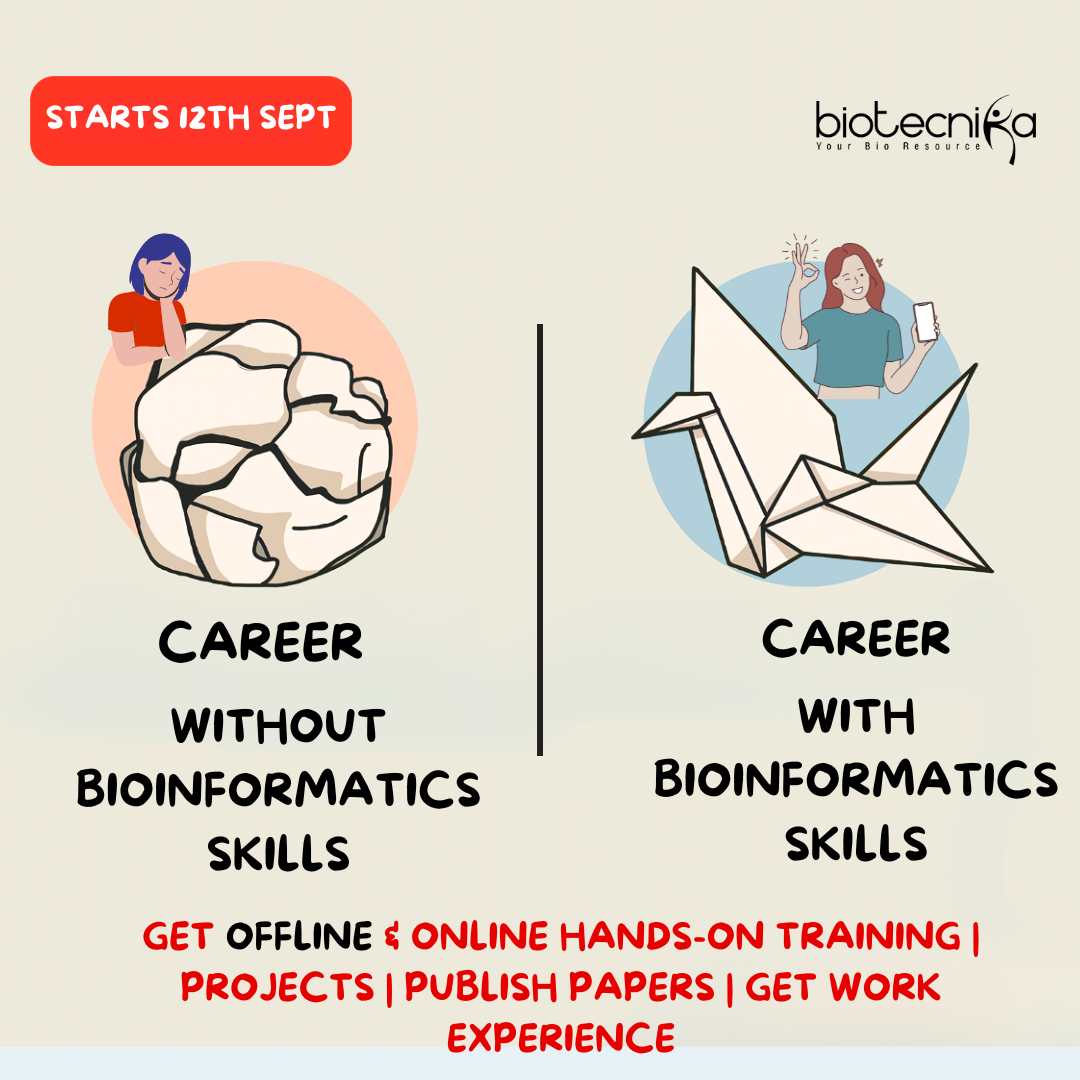
Whatsapp a Bioinformatician today
Tools
- GATK (Genome Analysis Toolkit): It is a toolkit for variant discovery and genotyping. It contains robust algorithms for calling variants in NGS data.
- SAMtools: The tool is used for manipulating and analyzing SAM/BAM format alignments essential for variant calling workflows.
- ANNOVAR: It provides annotation and functional impact prediction of genetic variants using diverse databases and algorithms.
5. Protein Structure Prediction
Protein structure prediction is a procedure to determine the three-dimensional structure of proteins from their amino acid sequences. Explanation of the structure of a protein is important in understanding its functions and interactions. The 3D structure of a protein is a determinant of its function. In explaining the interaction of proteins with different molecules, how they work in biological pathways, and potentially as drug targets, it enlists the prediction of 3D structure from its amino acid sequence. It is the combination of structural biology techniques with computational models that provides insight into protein function.
Top 10 Bioinformatics Tools & Software for Protein Structure Prediction
- AlphaFold: Developed by DeepMind, AlphaFold has revolutionized protein structure prediction by achieving unprecedented accuracy using deep learning techniques.
- SWISS-MODEL: It is a web-based tool for homology modeling of protein structures. It uses known structures as templates to build models of related proteins.
- TASSER (Threading ASSEmbly Refinement): It predicts protein structures by threading sequences through template structures and refining the models.
6. Phylogenetic Analysis
It involves phylogenetic analysis, which can be done to determine evolutionary relationships among different species or genes. It allows building an evolutionary tree and allows the finding of history regarding life. Phylogenetics applies in ways such as reconstructing evolutionary history from a set of organisms or genes by comparing their sequences to infer ancient relationships or divergence of lineages that happened. These techniques are of great importance in interdisciplinary fields, including evolutionary studies, taxonomy, and explanation of transmission of diseases.
Tools
- MEGA (Molecular Evolutionary Genetics Analysis) MEGA provides tools for constructing and visualizing phylogenetic trees, offering various methods for inferring evolutionary relationships.
- RAxML (Randomized Axelerated Maximum Likelihood) RAxML is software for maximum likelihood-based phylogenetic inference, handling large datasets efficiently.
- PhyML (Phylogenetic Maximum Likelihood) PhyML performs maximum likelihood analysis of large sequence alignments, providing robust phylogenetic trees.
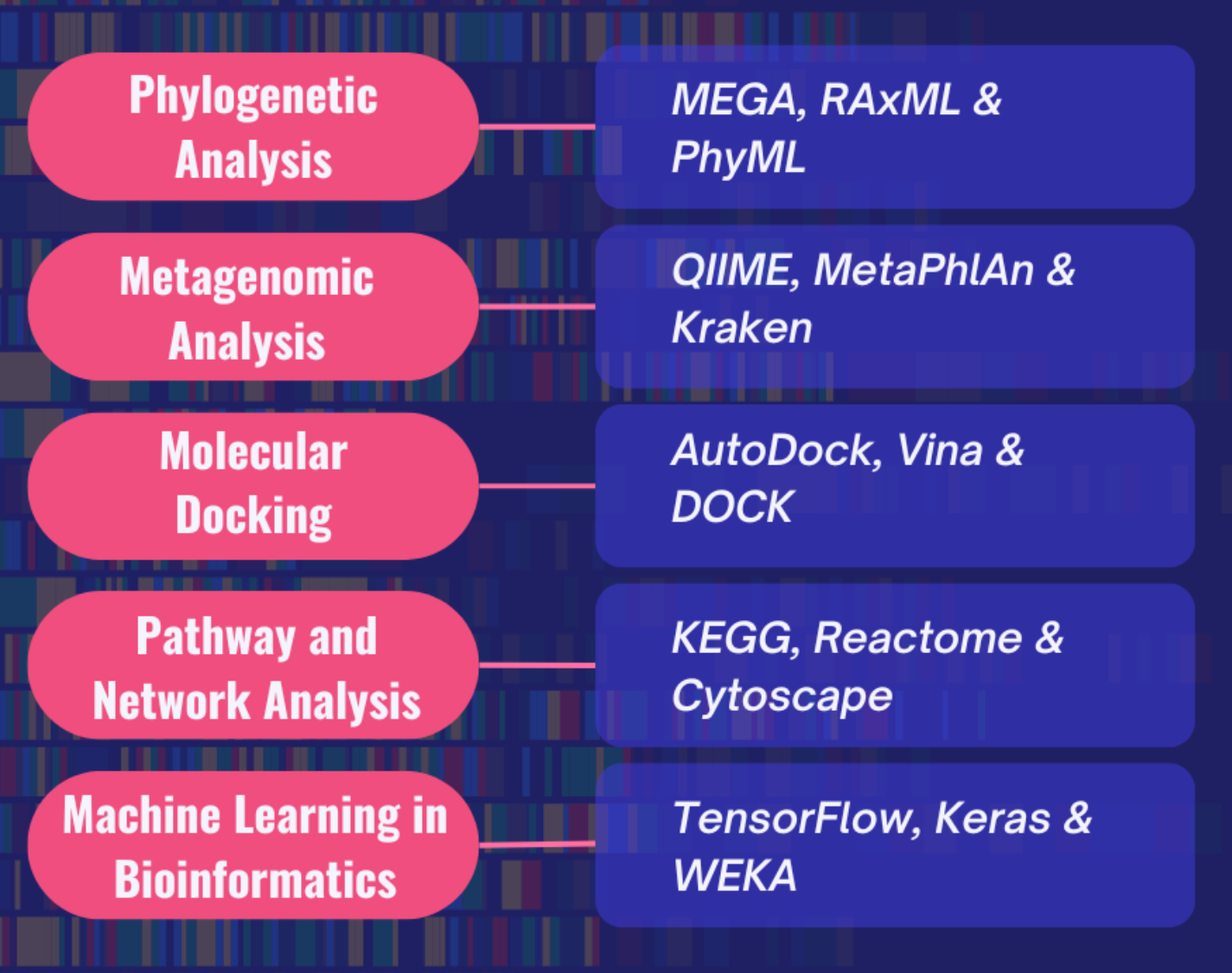
7. Metagenomic Analysis
Metagenomic analysis involves studying genetic material recovered directly from environmental samples to understand microbial communities. The non-culturing technique is metagenomics; therefore, complex microbial ecosystems can be effectively researched right from their natural habitats. It is for this reason that the approach assumes a central role in getting information on microbial diversity and ecology, forming one of the means through which the roles of microbes are established in varied environments.
Tools
- QIIME (Quantitative Insights Into Microbial Ecology) QIIME is an open-source platform in the area of analysis and interpretation of metagenomic data—the provision of tools for processing, diversity analysis, and visualization of next-generation sequences.
- MetaPhlAn (Metagenomic Phylogenetic Analysis) MetaPhlAn uses a unique clade-specific marker gene to profile the composition of microbial communities.
- Kraken is a system for the classification of metagenomic sequences at very high speed and high accuracy, using k-mer-based algorithms for taxonomic classification.
8. Molecular Docking
Molecular docking is computationally simulated to predict the interaction between a molecule, such as a drug, and its protein target in the process of drug discovery and development. It predicts the conformational structures of a small molecule that binds to the active site of the protein, estimating the strength and mode of binding for the identification of better drugs or understanding their mechanism of action.
Tools
- AutoDock: It is a widely used docking software that predicts how small molecules, such as substrates or drug candidates, bind to a receptor of known 3D structure.
- Vina: It is an improved version of AutoDock, offering faster performance and better accuracy.
- DOCK: It is one of the first molecular docking programs, providing flexible docking algorithms and scoring functions to predict binding affinities.
9. Pathway and Network Analysis – Top 10 Bioinformatics Tools
Pathway and network analysis is used to identify complex biological interactions from multiple input data sources for the prediction of biological outcomes, attempting to contextualize large datasets. Biological pathways and networks are defined as molecular interactions within a cell. On the other hand, metabolic pathways and gene regulatory networks describe directions in cellular response to diverse stimuli with key regulatory components.
Top 10 Bioinformatics Tools & Software for Pathway and Network Analysis
- KEGG (Kyoto Encyclopedia of Genes and Genomes) KEGG is a comprehensive resource for understanding high-level functions and utilities of the biological system, such as the cell, the organism, and the ecosystem.
- Reactome Reactome is a curated database of pathways and reactions in human biology, offering tools for pathway analysis and visualization.
- Cytoscape Cytoscape is an open-source software platform for visualizing complex networks and integrating them with any type of attribute data.
10. Machine Learning in Bioinformatics
Machine learning in bioinformatics applies advanced algorithms to the prediction of biological outcomes and the interpretation of complex datasets, turning raw data into action items. This capability of machine learning algorithms to support high-volume biological data by recognition of patterns and generation of predictions is impossible using traditional methods. This is revolutionizing whole fields such as genomics, proteomics, and drug discovery.
Tools
- scikit-learn As mentioned above, an extensive exposition of machine learning algorithms for various tasks such as classification, regression, and clustering is provided by scikit-learn.
- TensorFlow This is the open-source library developed at Google that is often used for running and training machine learning models.
- Keras It is one of the most popular high-level neural networks APIs, making it easier to construct and train deep learning models run on top of TensorFlow.
- WEKA (Waikato Environment for Knowledge Analysis) This is a fully expressive machine learning software suite for data mining tasks. WEKA provides tools and facilities for data pre-processing, classification, regression, clustering, and visualization.
Mastering the tools and techniques of bioinformatics is the key to success for any person looking forward to big accomplishments in biotechnology. These tools will form a strong foundation for analyzing and interpreting biological data, a key factor in driving significant progress in both research and practical applications. Students and professionals, upon learning and utilizing these tools, will be opening up new opportunities for themselves within the field of bioinformatics and also developing innovative solutions for biotechnology. This knowledge not only enhances the skills of the subject involved but also adds to the field as a whole, driving progress and discovery.


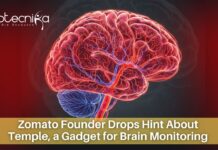

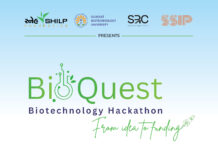
















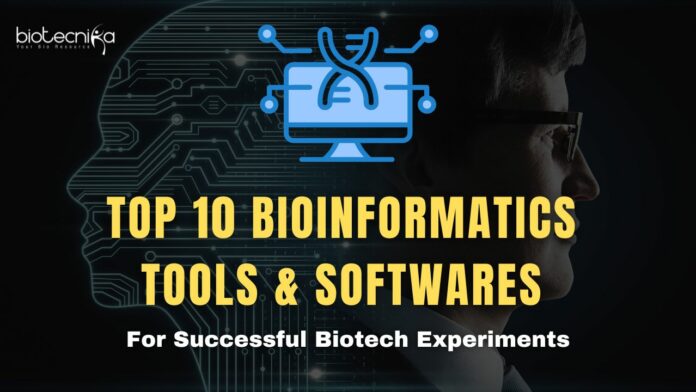

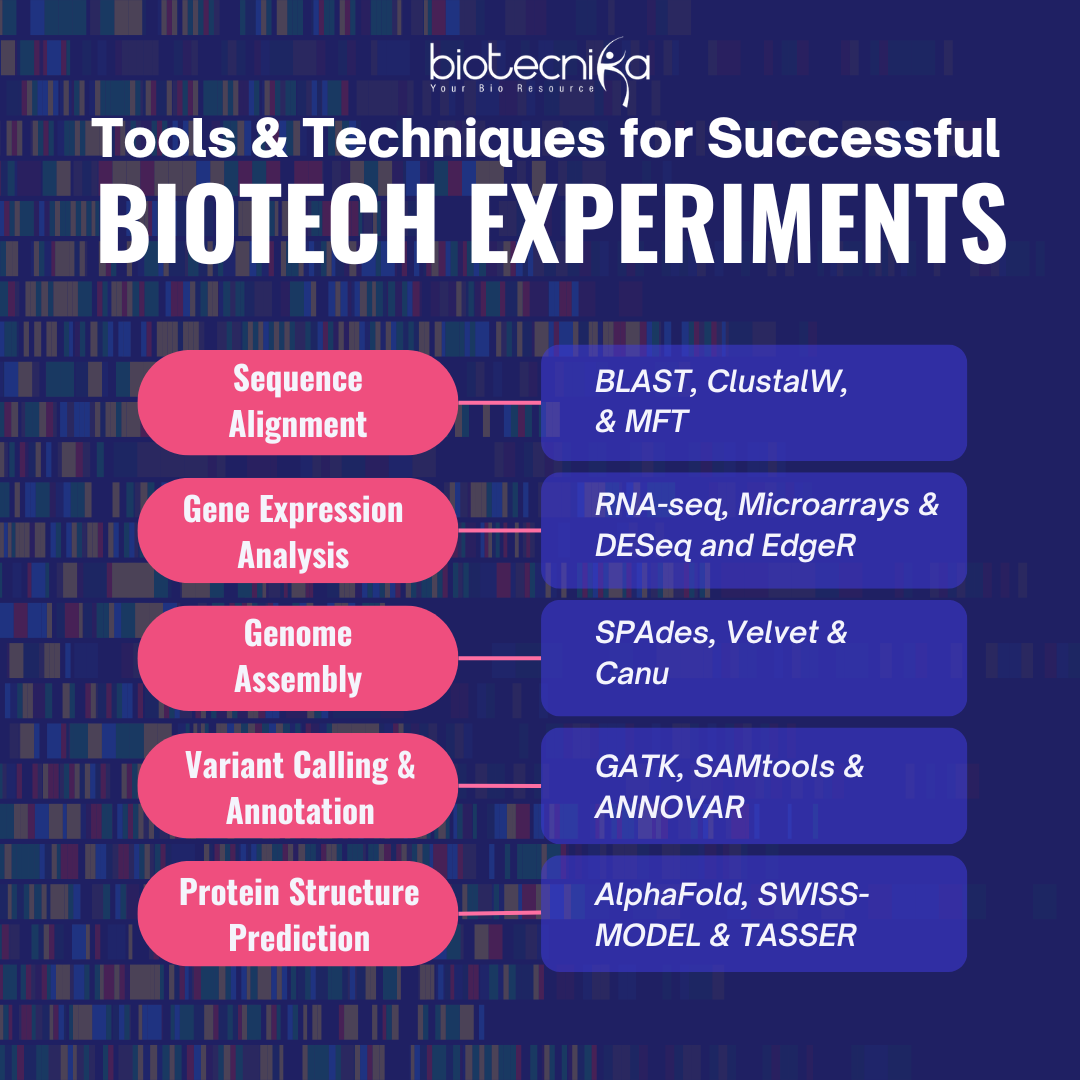









Hello! I am Dr.Mekonnen Gebeyaw and I am Plant breeder and Geneticists,seed technologist. And I need to understand bioinformatics more and more related with my disciplines. Plz Help me1